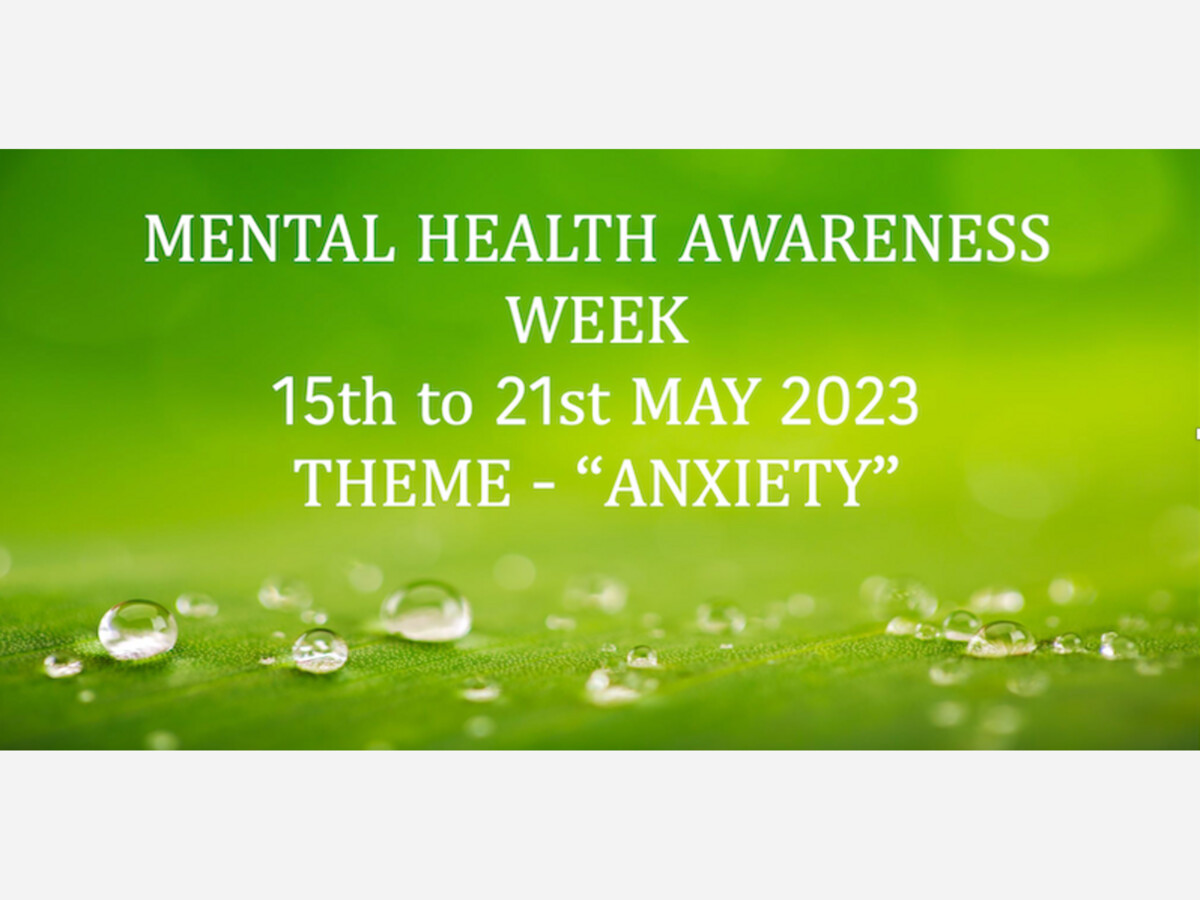Image


1 in 5 Americans live with a mental health condition. If you're concerned that you or a loved one may be suffering from a mental health condition, you're not alone. The Defense Health Agency has many resources available to help.
Twenty two individuals in the active military commit suicide each month.
Suicide rates among teenagers is growing at rampant rates due to the additional pressures of social media bullying and the risk of violence in the schools in response.
There is no shame in mental health health care!
If you're concerned that you or a loved one may be experiencing mental illness, you are not alone. Mental health is an important part of overall health and well-being, yet mental illness affects millions of people worldwide. Mental health disorders include anxiety, depression, seasonal affective disorder, or more serious illnesses as bipolar disorder, major depression, schizophrenia, PTSD, and more.
Unfortunately, most people with mental illness do not receive mental health services that they need.
There isn't one way to think or feel or act. The important thing is to take advantage of all mental health care resources. Remember that every moment in time can affect you and others differently. Treatment is available.
The Brandon Act honors Petty Officer 3rd Class Brandon Caserta who died by suicide in 2018. The legislation was signed into law by President Joe Biden on Dec. 27, 2021, as part of the National Defense Authorization Act for Fiscal Year 2022. On May 5, 2023, DOD issued guidance to establish policy, assign responsibilities, and provide procedures for service members to initiate a referral for a mental health evaluation.
Suicide is intentional self-harm that results in death. Among children between the ages of 15 and 19, suicide is the second leading cause of death, and the leading cause of death for 14- to 15-year-olds, according to the Centers for Disease Control and Prevention.
Suicidal thoughts and behaviors are the greatest predictors of suicide. These include frequent thoughts about ending one’s life, making plans, rehearsing or preparing for a suicide attempt, and attempting suicide.
If you think your child might be at risk for suicide, it is important to have them evaluated by a professional. Call your primary care physician, your child’s therapist or psychiatrist, your local mobile crisis team, or visit the closest emergency department. In an emergency, call 911.
There is no single factor that causes suicide or suicidal thoughts.
Many people who go through a stressful life event, such as the death of a loved one, may feel intense sadness or loss, anxiety, and anger. Some may even think they would be better off dead. But for most people, stressful life events do not lead to recurring thoughts of suicide.
Yet for someone with mental health concerns such as depression or anxiety, stressful life events or prolonged stress can cause deep feelings of distress and hopelessness and increase the risk of suicide.
Impulsivity and substance abuse can also increase a child’s risk of suicide. However, mental health issues can be treated and most often do not lead to suicide.
People who attempt or die by suicide often exhibit a number of warning signs. A child or teenager who exhibits more warning signs is typically at higher risk of suicide.
Warning signs include:
You can start by talking with your child. Ask how they are doing and if they ever think of killing themselves. Be sure to use clear, straightforward language. Having regular conversations in which you show concern and give your child room to express their honest thoughts and feelings lets your child know that they can talk with you when they need to.
If your child expresses suicidal thoughts or exhibits self-harming behaviors, seek professional help through your pediatrician, Boston Children’s Hospital, calling a suicide helpline like the National Suicide Prevention Lifeline at 1-800-273-TALK (8255), or contacting the Crisis Text Line by texting TALK to 741741. Dial 988.
It’s important to limit your child’s access to possible means of suicide:
A child’s risk of suicide is measured in stages by different health care providers.
Suicide risk screening is a set of questions used to identify whether a child is at risk of suicide. A screening may be done by your child’s pediatrician or a nurse as part of a standard health assessment.
Suicide risk assessment is more thorough than a screening and is used to confirm whether your child is at risk of suicide. Assessments are done by trained mental health professionals, such as psychiatrists, clinical social workers, clinical psychologists, psychiatric nurses, and mental health counselors.
For a rapid suicide risk assessment, contact your primary care physician, a local crisis team, or local emergency department.
The mental health professional who assesses your child should work with you and your child to make sure your child receives appropriate care. Your child’s treatment may include inpatient psychiatric hospitalization, a partial hospitalization (day program), outpatient psychotherapy, home-based therapy, psychiatric medication, or some combination of the above.
People who call 988 are given three options:
People who text “TALK” to 988 will be connected to crisis centers equipped to respond to texts. Chat will be available through the Lifeline’s website: https://suicidepreventionlifeline.org/chat.